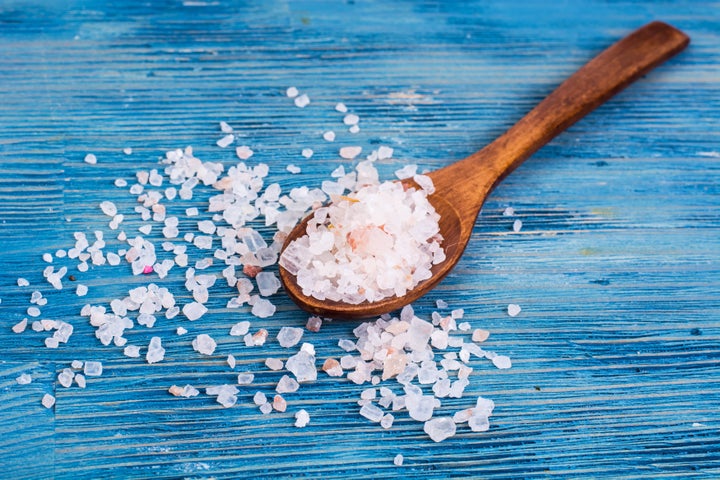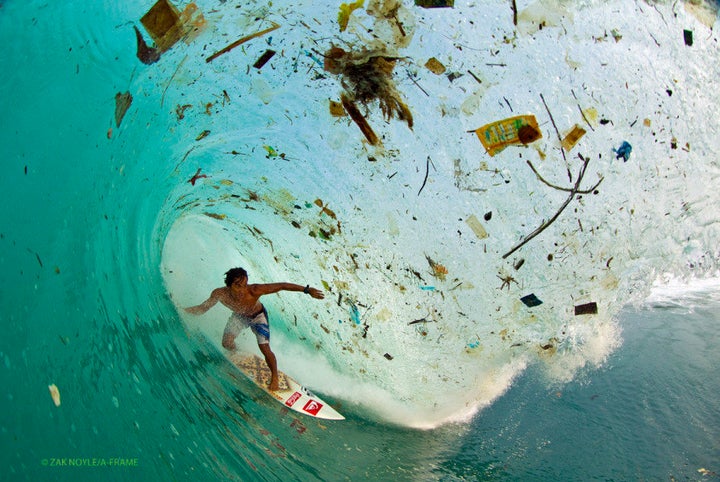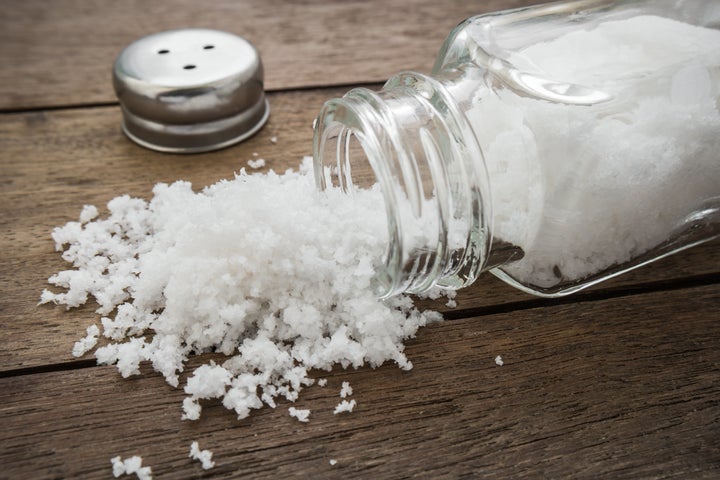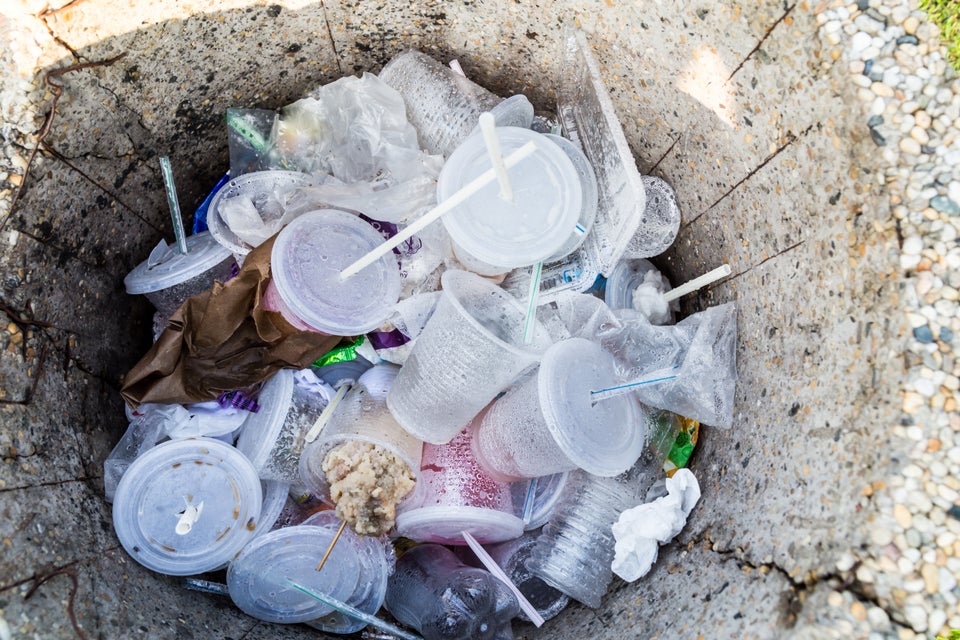This story is part of a series on ocean plastics.
The ocean’s plastic pollution problem doesn’t just cloud our waters with trillions of plastic particles, it contaminates the seafood we consume.
Now, a study suggests that plastic is affecting another human staple harvested from the sea: salt.
An analysis of 16 brands of sea salt originating from eight countries found all but one contained traces of microplastics, according to researchers from the Universiti Putra Malaysia, Monash University Malaysia and the University of Exeter in England. Their findings were published in April in the journal Scientific Reports.

The researchers purchased various salt products from a market in Malaysia, but the actual sea salt in each product had been extracted from different countries including Australia, France, Iran, Japan, Malaysia, New Zealand, Portugal and South Africa.
The salt extracted from France was the only brand that was not contaminated with microplastic.
Of the plastic particles extracted from the salt, 41.6 percent was identified as plastic polymers, 23.6 percent were pigments and 5.50 percent were amorphous carbon. Researchers could not identify the remaining 29.1 percent. The particles came in the form of plastic fragments, filaments and film.
The researchers concluded that amounts of plastic found in the sea salt were low and posed no health risk to consumers, based on data on global salt consumption ― but experts believe that could change.

“In my view, the concentrations of microplastics in seafood and in salt are sufficiently low that they do not present a concern for human health at present,” Richard Thompson, a biologist at Plymouth University in England and expert in plastic pollution, told environmental magazine Hakai. But that plastic contamination in food could rise to levels of concern if microplastics continue to pollute the ocean, he added.
And at the rate things are going, the ocean’s health looks like it’s headed for disaster.
An estimated 19 billion pounds of plastic end up in the ocean every year. And the ocean could contain more plastic than fish by the year 2050, researchers predict.
As authors of the sea salt analysis pointed out, previous studies have shown that several other edible products also contain microplastic contamination.
A 2015 study showed that one in four fish bought at markets in California and Indonesia contained plastic particles in their stomachs. Similarly, a 2014 study revealed that oysters and mussels contained microplastics in their guts, which is a part of the animal that humans typically consume.

It is not yet clear how this consumption affects human health in the long run, according to the Guardian. But aquatic toxicologist Ali Karami, co-author of the latest study, wants to get to the bottom of it.
“If we suspect these microplastics are toxic ― if we suspect they might pose some health concerns ― we have to be worried about them, until we are sure that they are safe,” he told Hakai magazine.

